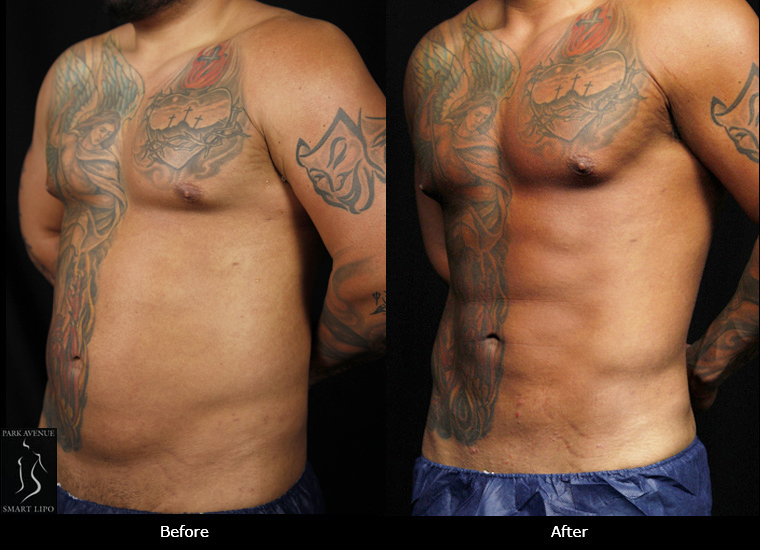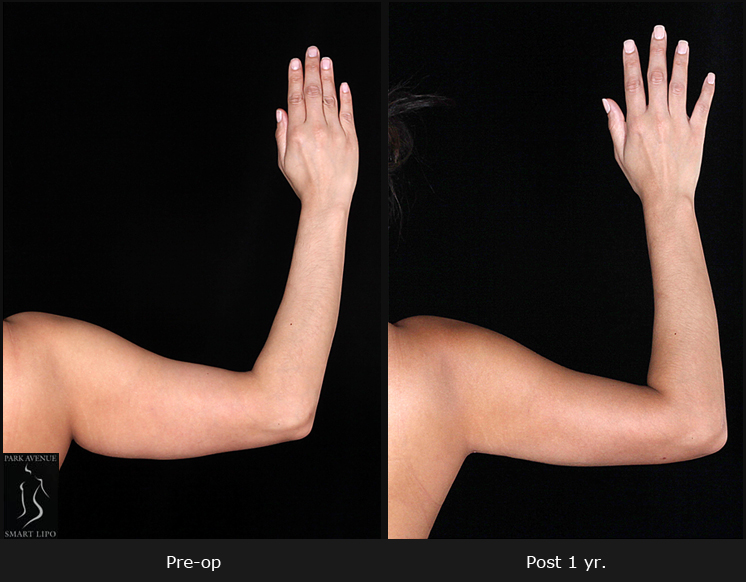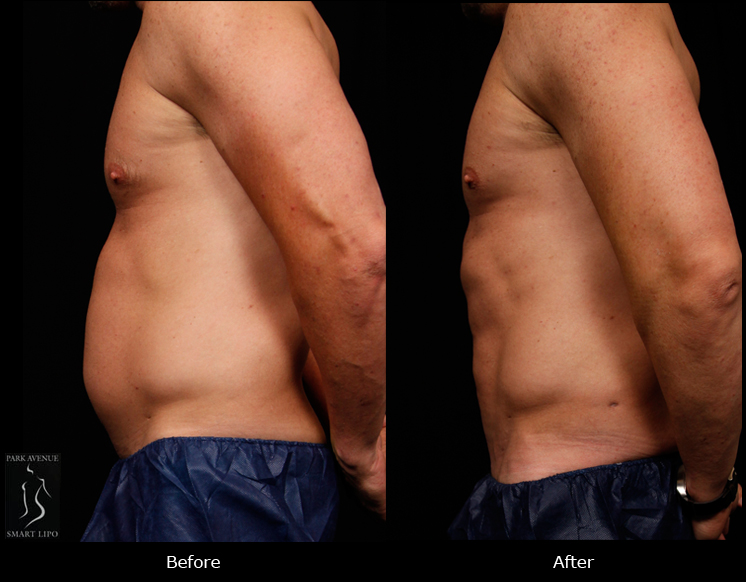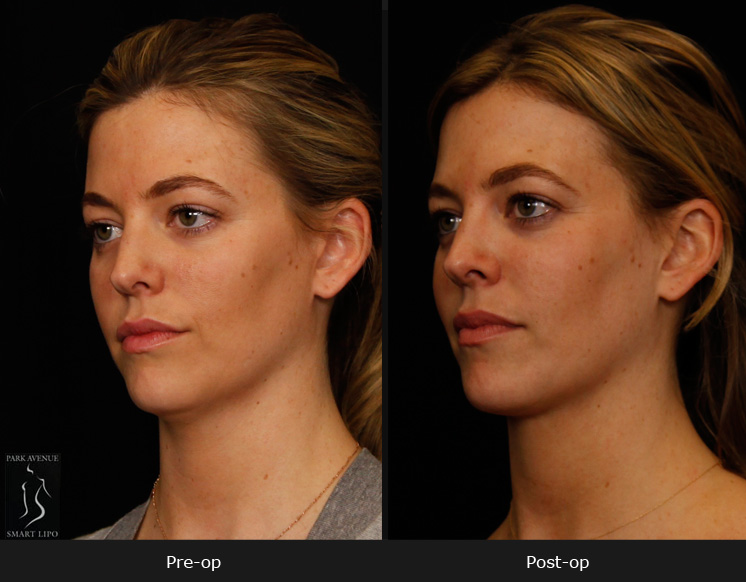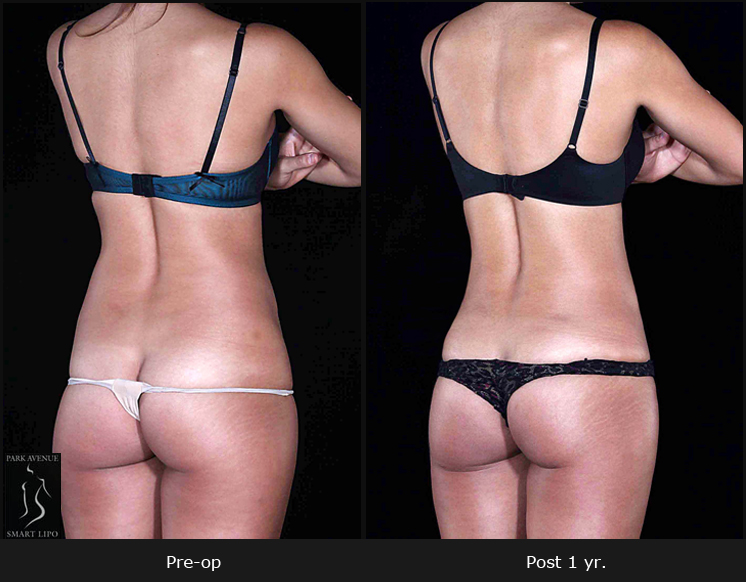Body fat is a source of energy and essential for the body. However, too much of anything is bad for you and that’s also true of fat. Excess fat is unhealthy and puts you at risk for several medical problems. When a person consumes excess calories and doesn’t burn them, they get deposited as excess fat deposits. How the fat is distributed in the body varies among individuals and depends on many factors such as age, gender, hormones and genetics.
Gender Issues
Women are inclined to store more fat than men. Fat prone areas include the hips, buttocks, and thighs in women and the abdomen in men. In women, excess fat deposits tend to build up during adolescence and later acts as reserve storage for the energy demands of breastfeeding. For people at a healthy weight, fat cell growth slows after the teenage years.
By the age of 25, healthy-weight women usually have about twice the body fat compared to men of the same category. Interestingly, females have a higher percentage of body fat than males throughout their lifetime. After about eight years of age, the rate at which girls gain fat mass is greater than boys due to hormonal changes. Females tend to use less fat to fuel the body after this age, with the fat cells expanding in size and not in number.
The downside is that, in addition to causing health issues, excess fat also affects aesthetics. You can’t wear the clothes you want and whatever you wear doesn’t seem to look good on you. When women put on weight, subcutaneous fat builds up around the hips and thighs causing cellulite. As men have a different skin structure from women, they are not prone to cellulite, but the accumulation of fat in a man’s midsection results in a pot belly.
Aging
Age is another factor responsible for fat build-up. Most people are likely to gain weight with – on an average of 10 percent of our body weight per decade during adulthood. This is due to a steady decline in metabolic rate and a decrease in physical activity. Fat tissue builds up toward the center of the body, most often around the internal organs. As we age, the body loses muscle and stores fat. That’s why exercises to build joint and muscle strength are important at any age.
Genetics
New research suggests that your genes could be responsible for stubborn fat. According to a recent report, scientists from two top US universities say that genetics play an important role in determining whether the body stores fat is or burns it. According to them, manipulating DNA could provide the solution to obesity.
Diet and exercise are the right ways to achieve weight loss. Include more fiber-rich foods such as fruit and vegetables in your diet and do a right mix of cardio workouts and strength training activities. Decreasing overall body fat will reduce the amount of fat stored in areas such as the belly and hips, and decrease the size of these areas. If you are still worried about some fat that refuses to go away despite diets and exercise, you can consider laser liposuction.
This minimally-invasive cosmetic surgery procedure has become a widely popular option for men and women who are close to their ideal weight and want to get rid of localized deposits of stubborn fat to achieve an attractive, well-shaped body.

